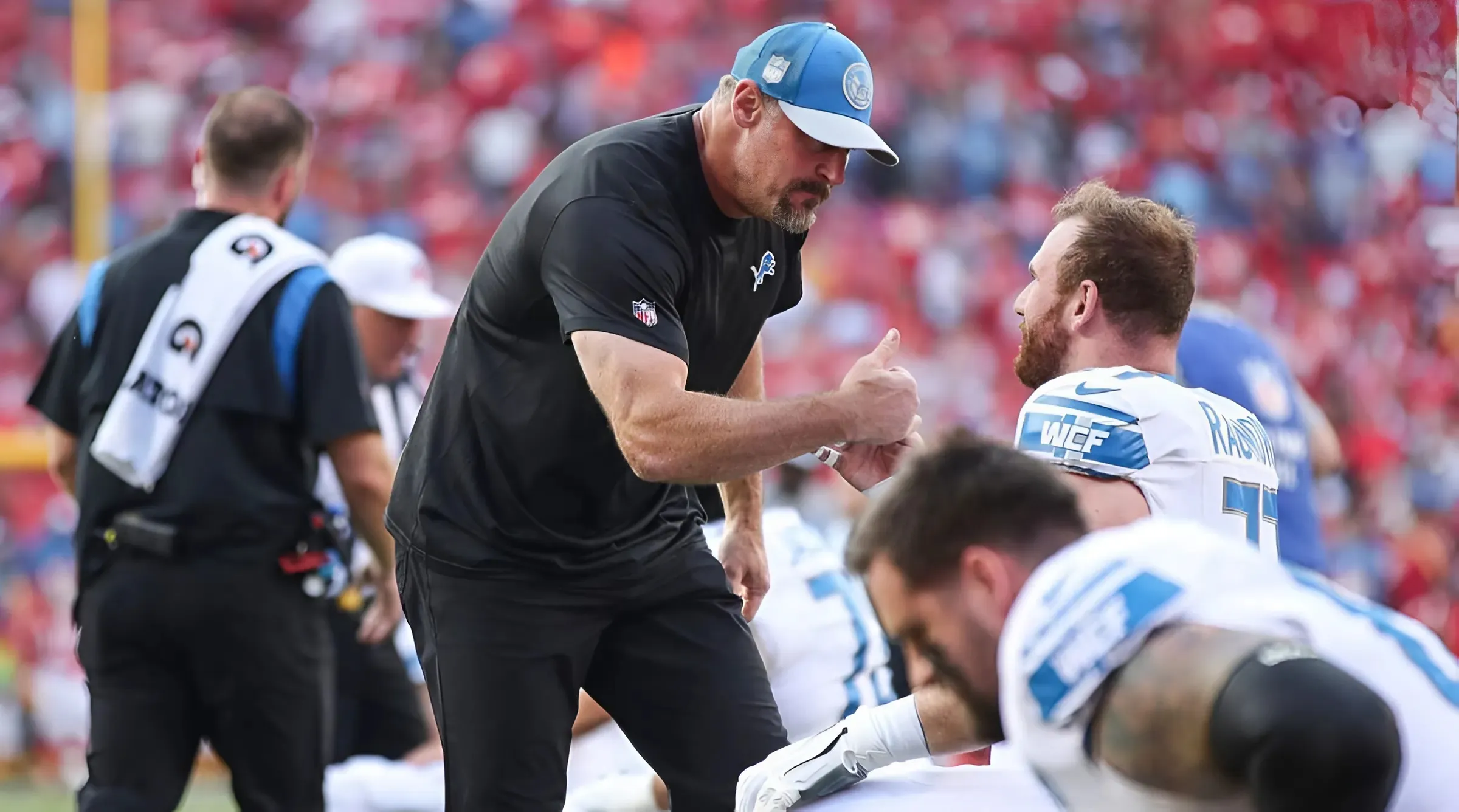Citing the offensive line as the biggest Bears need might run contrary to the thinking of GM Ryan Poles.
However, from what he expressed at the season-ending press conference, he's at least thinking of it among the needs.
The truth is, a team allowing 50 sacks or more four straight years and dropping to 25th in rushing from second has to think of the offensive line as a primary need.
When the best Bears blocker is fragile-but-effective Teven Jenkins and he's a free agent, they need help at guard. When their right guard starter didn't want to work and the replacement for Nate Davis is versatile lifetime backup Matt Pryor, they need two guards. When their center is non-descript Coleman Shelton, graded middle of the league by Pro Football Focus, they can upgrade in more than one position.
There are analytics suggesting they don't need a tackle because Braxton Jones is graded a top-20 tackle in the NFL. He gave up five sacks and committed seven penalties, which are respectable numbers. But he did it in only 12 games. In fact, he has missed 11 games over the last two years and it's comparable availability that makes bringing back Jenkins a question action.
The Problem
If the Bears can use so many changes on the offensive line, it would appear they're boxed into yet another rebuilding situation with the new head coach.
It doesn't seem possible to acquire enough talent in one offseason while also addressing other weaknesses such as pass rusher, run-stopper, a healthy safety and maybe a running back who runs through tackles.
It is possible. Poles can do this quite easily.
A look at this year's playoff pool reveals as much. Every offensive lineman isn't a first-round pick or even second-round pick. It's possible to retool on the line by using their 10th pick in the draft for one spot or even starting with the second round if they have a chance at one of the dominant defensive linemen available, namely Penn State's Abdul Carter and Michigan's Mason Graham.
Solving It
This year's playoff pool indicates they probably should use the first pick for a tackle unless they have the chance at picking one of those hard-to-find pass rushers. There are several tackles who would be available at No. 10. Six of the 14 playoff left tackles were first-round picks and four of the 14 right tackles were first-round picks.
But four of the left tackles were actually taken later than Jones. So, if the Bears want to devote the 10th pick to defensive line or an offensive line position other than tackle, there's no reason to think an improving Jones can't be good enough to get them into a playoff position. Among playoff teams, only the Chargers, Broncos and Lions fill out their lineup sheet with first-round picks at both tackle positions.
The Bears need guards more than tackles. Starting guards do not need to be first-round picks. It's uncommon for them to be first-rounders. Only four of the 28 starting playoff guards are first-round picks. Six were second-round picks and six were third-round picks. The Bears have two second-round picks and a third. They can find guards in that range.
The NFL Mock Draft Database posts a consensus big board based on all mock drafts and currently has only one guard worthy of a first-round pick. That's Alabama's Tyler Booker, who is graded 29th. If improving interior offensive line was Poles' aim with a first-round pick, they could easily trade back and acquire extra picks.
They also could simply draft a tackle and turn him into a rookie guard. Tackles can be guards.
Center is a position much more difficult to address. Although guards frequently can play center, some can't because of the snapping requirement. Of the 14 centers in the playoffs, four were first-rounders and four second-rounders. There are no first-round centers on the NFL Mock Draft Database big board.
There is a third-rounder, as well as fourth-, fifth-, and there are three sixth-rounders. This position usually can be found in every round and normally is the product of years of experience rather than early draft pedigree.
There are no centers with a Round 2 grade for this mock big board. Jonah Savaiinaea, Donovan Jackson and Armand Membou are the only interior offensive linemen with second-round status on this big board and none played a down of center in college.
The Bears are currently using an undrafted free agent at center and no one in the playoffs has an undrafted center starter. So upgrading here shouldn't take much.
Other Means
With the seventh-most effective cash available under the cap at $54.5 million, according to Overthecap.com. They can easily afford to find one higher-priced free agent offensive lineman with that cash. The speculation will always center around Kansas City guard Trey Smith but there's no guarantee he'll even be hitting the free agency market at this point.
Either way, there are always going to be high-level players available at guard or center in free agency and the Bears can find one there.
The conversion route is always possible LSU's Will Campbell is judged a guard by The33rdteam.com even if his college position was tackle and it's possible he could be acquired with the 10th pick or later. While he's rated high in many mock drafts, The33rdteam.com has him 25th in Round 1.
Depth
The one redeeming factor from this year's offensive line effort is they had one swing tackle/guard stand up. It was Pryor, who is a free agent.
And they didn't even get to see what they needed to see from Ryan Bates due to injuries from early training camp. So if they signed Pryor and Bates didn't suffer an injury, they've already got the needed depth.
Kiran Amegadjie can't be ruled out. The third-round rookie had no offseason to train or practice due to injury rehab, and had a terrible showing when he did finally play after he hadn't really been involved in a practice when he prepared to face an opponent. He was thrust into the lineup late week due to injury. Logic dictates Amegadjie will be much better when he gets the chance again, whether it's at tackle or guard.
This should be a rather simple fix through several avenues and the key again will be keeping them healthy long enough so they can become a unified blocking force more than it will be throwing a bunch of first-round talent on the field.



